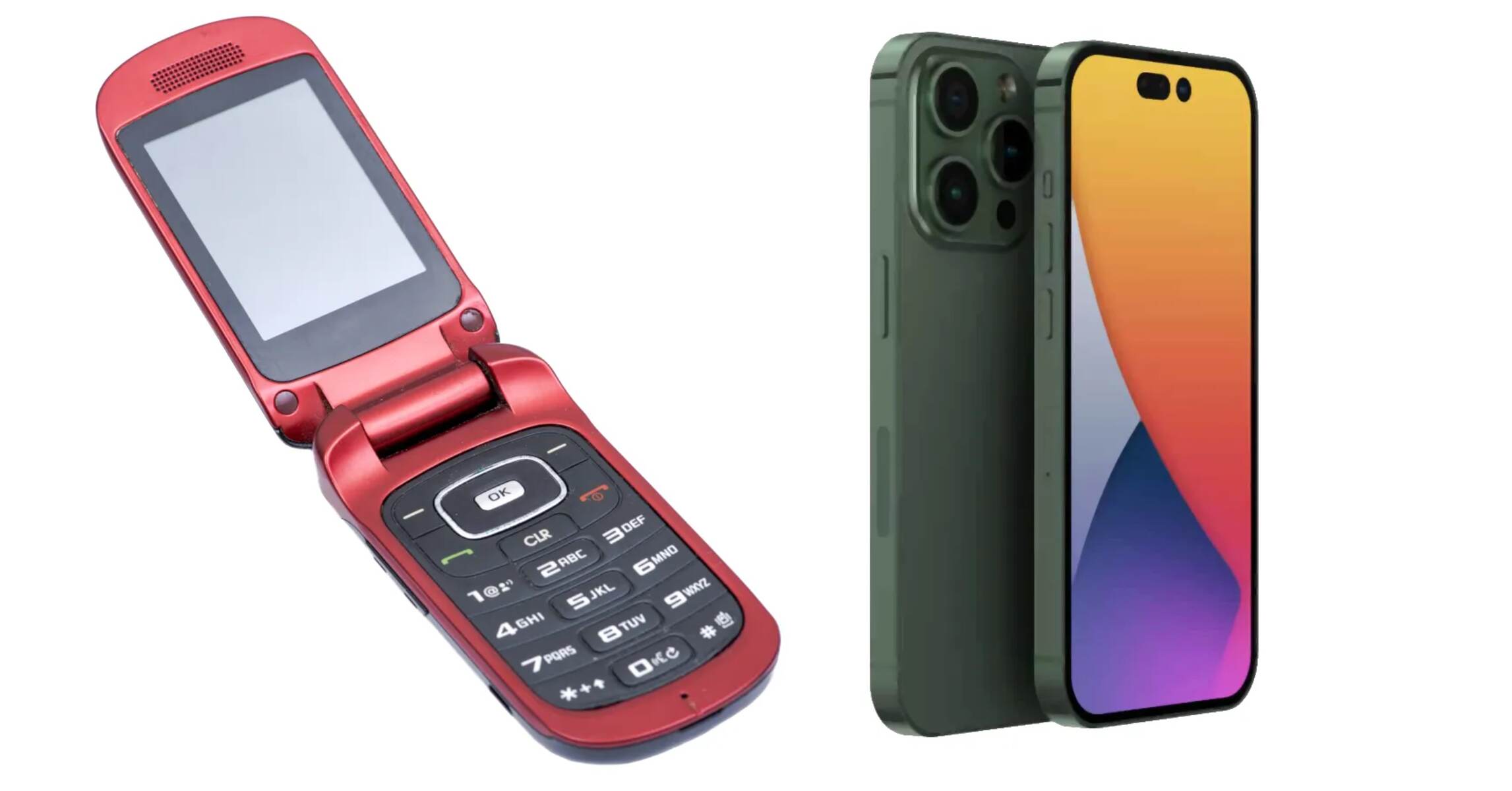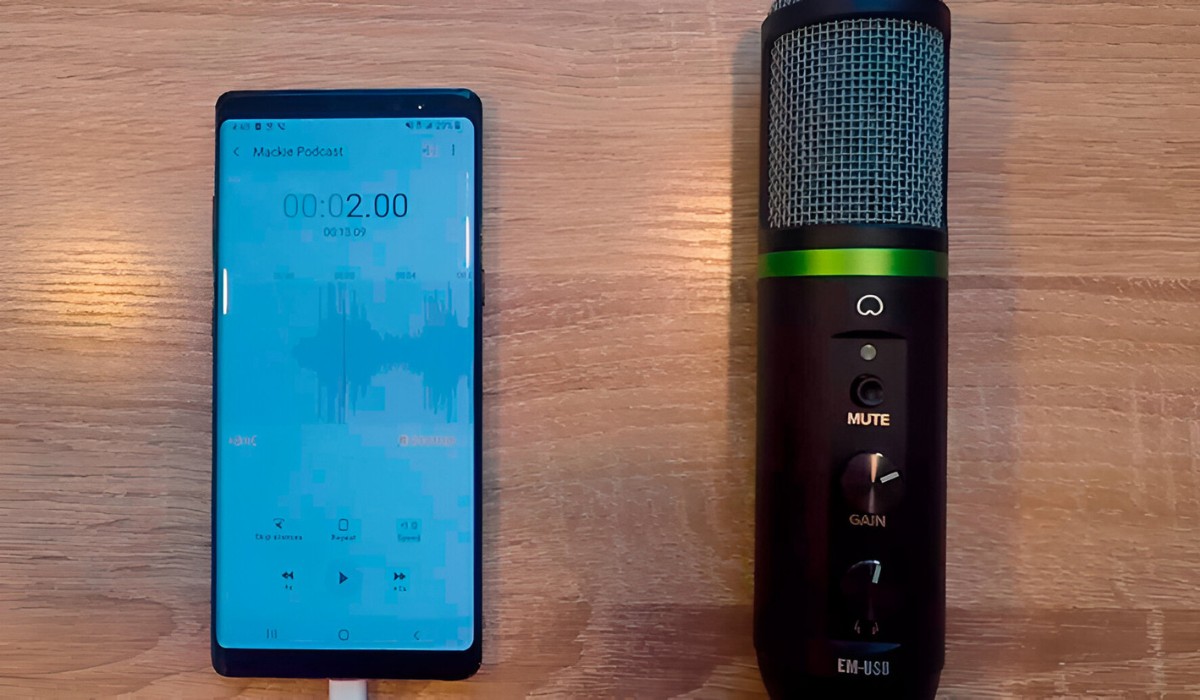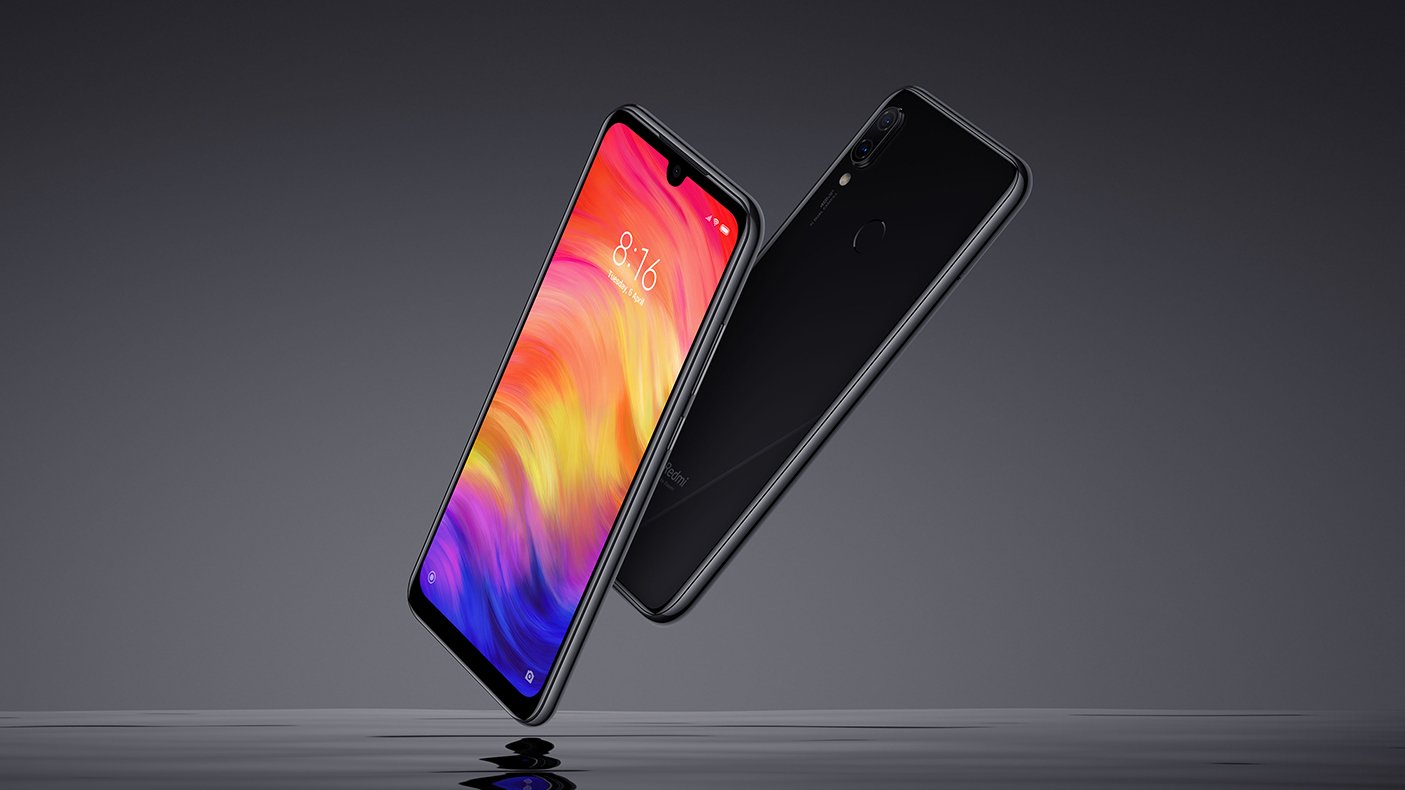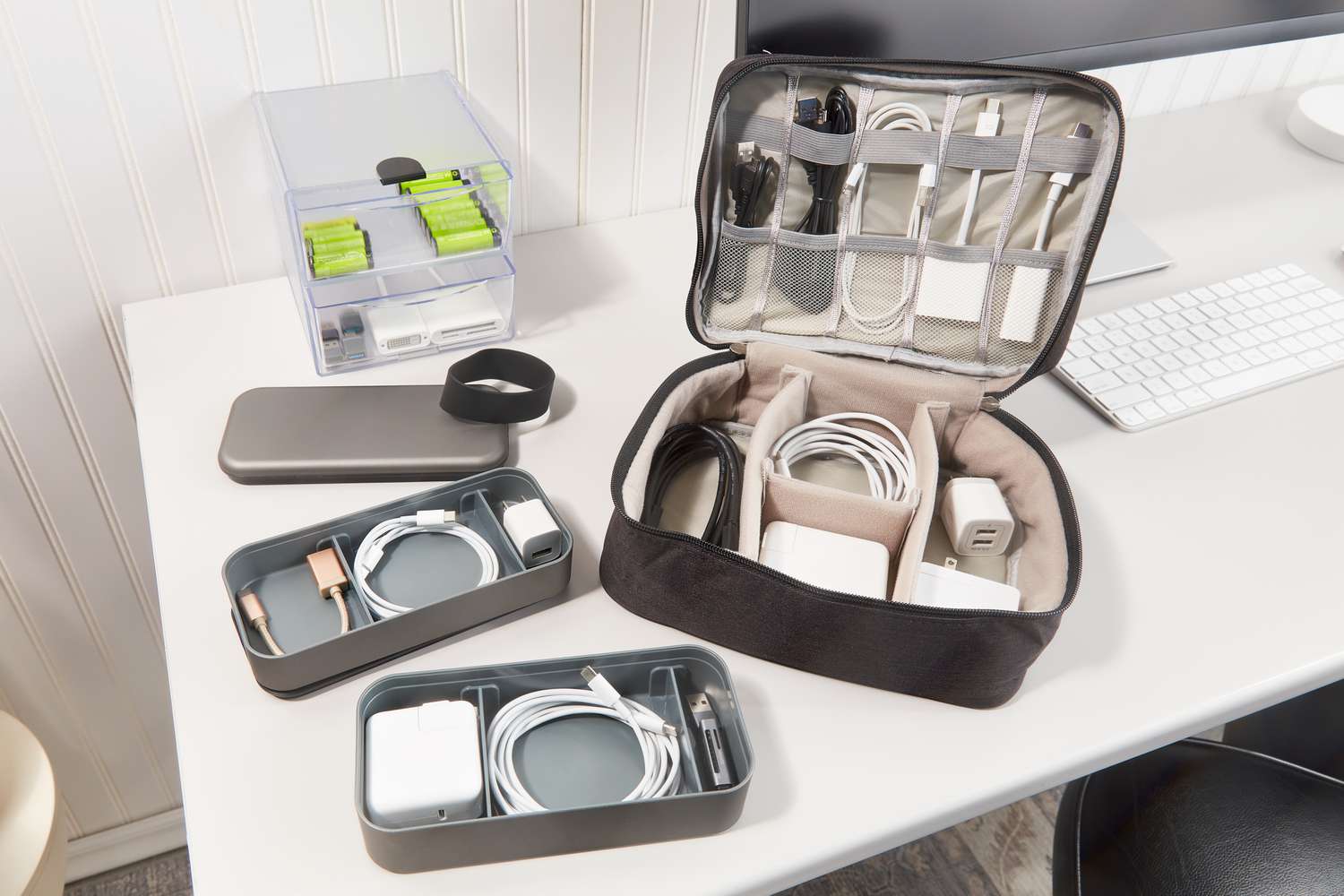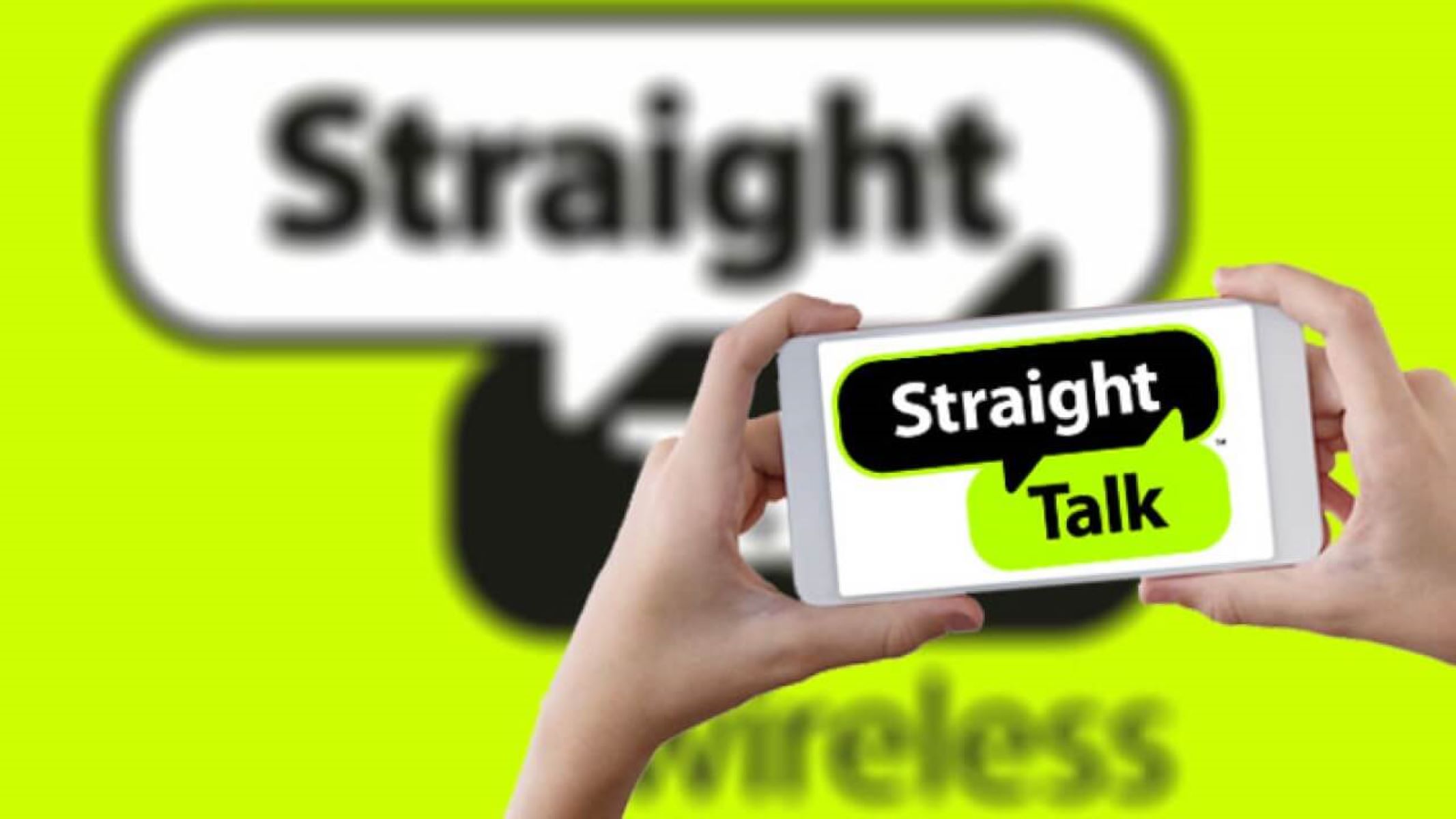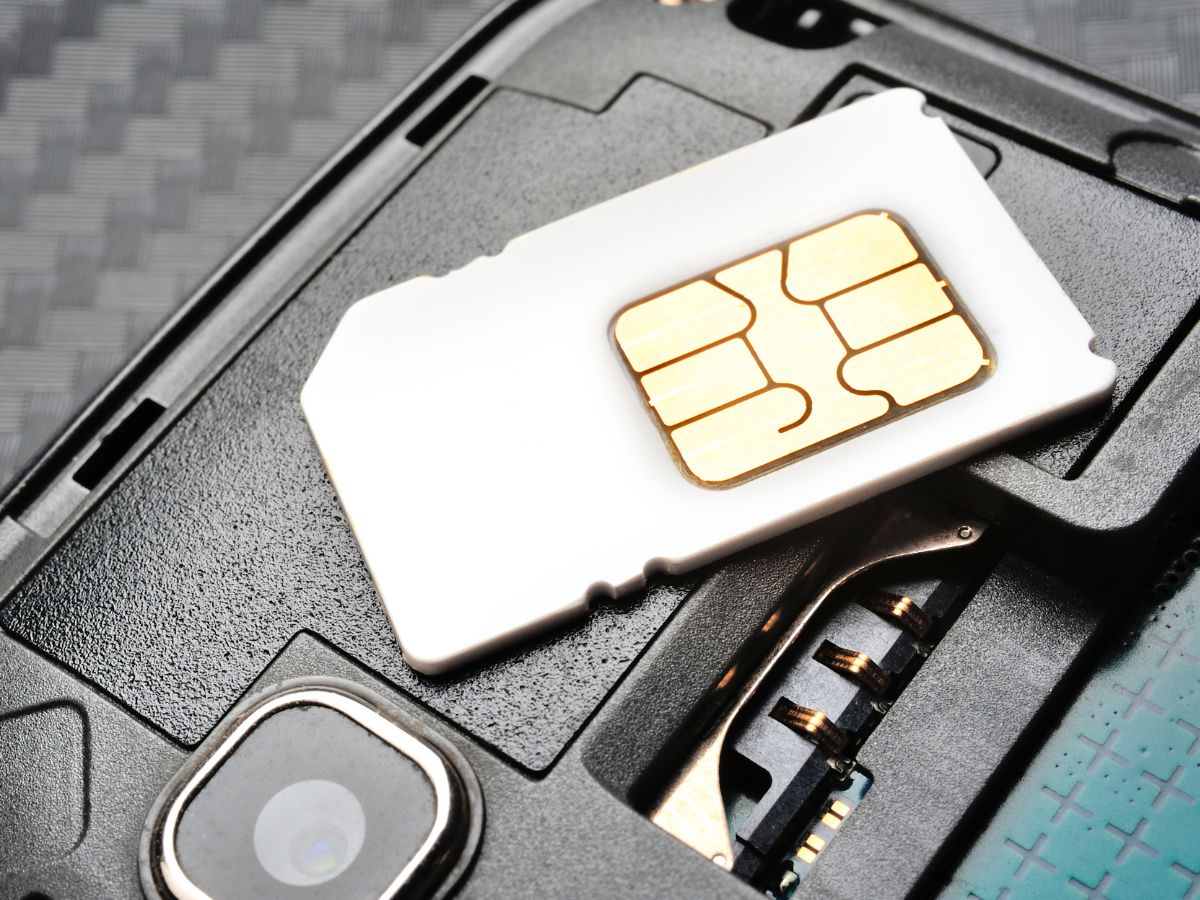Introduction:
A cellphone and a smartphone are both devices that enable individuals to make phone calls and send text messages. However, there are significant differences between the two in terms of features and capabilities. In this article, we will explore the distinctions between cellphones and smartphones, helping you understand the unique characteristics and benefits of each.
Cellphones, also known as feature phones, are basic communication devices that provide essential functionalities such as making phone calls and sending text messages. They typically have minimal processing power and limited built-in applications. Cellphones are designed primarily for voice communication and offer basic call management features like call waiting, caller ID, and voicemail.
In contrast, smartphones are advanced mobile devices that offer a wide range of features beyond voice communication. They have significantly more powerful processors, larger screens, and access to an extensive collection of applications. Smartphones are equipped with operating systems that allow users to perform tasks like browsing the internet, accessing emails, using social media, playing games, and running various productivity apps.
As smartphones have undergone rapid technological advancements, the line between a cellphone and a smartphone has become blurred. However, there are key distinctions that make smartphones more versatile and capable compared to traditional cellphones.
In the following sections, we will delve deeper into the specific features and functionalities that set cellphones and smartphones apart from each other. By understanding these differences, you will be able to make an informed decision when selecting a mobile device that best suits your needs and preferences.
Definition of a Cellphone:
A cellphone, also known as a feature phone, is a mobile device designed primarily for voice communication. It is a more basic and simplified version of a smartphone, offering essential functionalities such as making phone calls and sending text messages. Cellphones are typically smaller in size compared to smartphones and have a limited set of features.
One of the defining characteristics of a cellphone is its focus on voice communication. While some cellphones may have internet connectivity, the browsing capabilities and access to online services are usually limited. Cellphones often have physical keypads or buttons for dialing and typing, making them more user-friendly for individuals who prefer tactile feedback when using their device.
Cellphones are often preferred by people who prioritize simplicity and a straightforward communication experience. They are generally more affordable compared to smartphones and can be a good option for those who primarily need a device for making calls and sending texts without the need for advanced features and applications.
Additionally, cellphones typically have longer battery life compared to smartphones due to their less power-intensive features and hardware. This can be advantageous for individuals who may not have consistent access to charging facilities or who require a reliable and long-lasting device.
While cellphones lack the extensive suite of features found in smartphones, they still offer some additional functionalities beyond basic communication. These can include features such as alarm clocks, calendars, calculators, and basic internet browsing capabilities.
In summary, a cellphone is a simpler mobile device primarily focused on voice communication. It is ideal for those who prioritize simplicity, longer battery life, and a lower price point. While it may lack the advanced features and capabilities of a smartphone, a cellphone can still fulfill the basic communication needs of many individuals.
Definition of a Smartphone:
A smartphone is a mobile device that combines the functionality of a cellphone with advanced features and capabilities. It goes beyond basic communication and offers a wide range of applications, internet connectivity, multimedia capabilities, and enhanced processing power. Smartphones are designed to provide users with a comprehensive and versatile digital experience.
One of the key features that distinguish a smartphone from a cellphone is its operating system. Smartphones are equipped with sophisticated operating systems like iOS (Apple), Android (Google), or Windows Mobile (Microsoft). These operating systems provide a user-friendly interface and allow users to download and use a variety of applications, ranging from productivity tools and entertainment apps to social media platforms and games.
Smartphones also have larger screens compared to cellphones, enabling users to browse the internet, watch videos, and view content with greater clarity. The screens are touch-sensitive, allowing users to interact with the device through gestures and taps. This touch interface enhances the overall user experience and facilitates effortless navigation through apps and menus.
Furthermore, the internet connectivity capabilities of smartphones are far more advanced compared to cellphones. Smartphones can connect to 3G, 4G, and even 5G networks, offering high-speed internet access on the go. This allows users to browse the web, stream videos, check emails, and use various online services seamlessly.
A significant advantage of smartphones is their extensive range of features and functionalities. In addition to voice calls and text messages, they offer a multitude of applications for various purposes such as productivity, photography, fitness, and entertainment. Smartphones come equipped with powerful cameras, allowing users to capture high-quality photos and videos. They also offer ample storage capacity for apps, media files, and documents.
Smartphones have become an integral part of our daily lives, providing a convenient means of communication, entertainment, and productivity. With their advanced capabilities, they enable users to stay connected, informed, and engaged no matter where they are.
In summary, a smartphone is a highly advanced mobile device that combines communication with an array of features and capabilities. With its powerful operating system, internet connectivity, wide range of apps, larger screens, and multimedia functionalities, a smartphone provides users with a comprehensive digital experience.
Key Differences in Features:
While both cellphones and smartphones serve the purpose of communication, they differ in terms of the features they offer. Here are some key distinctions:
Operating System: Cellphones usually have proprietary operating systems specific to the manufacturer, providing limited functionality and customization options. Smartphones, on the other hand, utilize advanced operating systems like Android or iOS, which offer a wide range of apps and customization options.
Internet Connectivity: Smartphones provide high-speed internet connectivity through 3G, 4G, or even 5G networks, allowing users to access the internet, browse websites, and stream media content seamlessly. Cellphones may have limited internet capabilities, enabling basic internet browsing but without the same speed and functionality as smartphones.
App Availability: Smartphones have extensive app stores, providing access to a wide range of applications for various purposes such as productivity, gaming, social media, and more. Cellphones have a more limited selection of apps, typically offering a few basic tools like an alarm clock, calculator, and basic web browser.
Display and Screen Size: Smartphones generally have larger, high-resolution touchscreens, providing a more immersive and interactive user experience. This allows for easier navigation, better media viewing, and enhanced gaming capabilities. Cellphones, on the other hand, often have smaller screens and physical keypads, which may be preferred by individuals who prefer tactile feedback when using their device.
Camera Quality: Smartphones are equipped with advanced cameras that offer high-resolution imaging, multiple lenses, and features such as optical image stabilization and professional-quality video recording. Cellphones typically have lower-quality cameras with limited functionality, suitable for simple snapshots.
Storage Capacity: Smartphones have larger internal storage capacities, allowing users to store a vast amount of apps, media files, and documents. They also offer the option to expand storage using external memory cards. Cellphones generally have limited storage and may not support external memory cards, resulting in less capacity for storing files and apps.
Battery Life: Cellphones typically have longer battery life compared to smartphones due to their less power-intensive features and hardware. This can be advantageous for individuals who require a reliable and long-lasting device, especially in situations with limited access to charging facilities.
In summary, smartphones offer a plethora of features and capabilities compared to cellphones. Their advanced operating systems, internet connectivity, app availability, larger screens, high-quality cameras, larger storage capacity, and various other functionalities make them a versatile and powerful tool for communication and digital experiences.
Differences in Operating System:
The operating system is a critical component that sets smartphones apart from cellphones. Let’s explore the key differences in operating systems between the two:
Cellphone Operating Systems: Cellphones often have proprietary operating systems developed by the manufacturer. These operating systems are usually limited in functionality and customization options. They are designed to provide a basic user interface and essential features such as making calls, sending text messages, and accessing basic tools like a calculator or alarm clock. Examples of proprietary cellphone operating systems include Nokia’s Symbian OS and Samsung’s Tizen OS.
Smartphone Operating Systems: Smartphones utilize advanced operating systems like Android (developed by Google), iOS (developed by Apple), and Windows Mobile (developed by Microsoft, now replaced by Windows Phone). These operating systems offer a wide range of features, customization options, and access to extensive app stores.
Android: Android is an open-source operating system that powers a significant portion of the smartphone market. It provides a highly customizable interface, allowing users to personalize their device’s look and feel. Android offers seamless integration with Google services, such as Google Maps, Google Drive, and Gmail. Additionally, the Google Play Store provides a vast collection of apps, making Android devices highly versatile and adaptable to various user preferences.
iOS: Developed by Apple, iOS is known for its sleek and user-friendly interface. It offers a seamless integration with the Apple ecosystem, providing a streamlined experience across devices. iOS provides strong security measures and regular updates, ensuring a reliable and protected user experience. The Apple App Store offers a robust selection of apps that are rigorously vetted by Apple for quality and security.
Windows Mobile (Windows Phone): Windows Mobile, now replaced by Windows Phone, was developed by Microsoft. It offered a unique and visually appealing user interface known for its live tiles. Despite no longer being actively supported, some devices may still have Windows Phone operating systems. Windows Mobile had a smaller app market compared to Android and iOS, but it provided a familiar Windows-based environment for users comfortable with Microsoft products.
Each operating system has its own advantages and appeals to different users. Android offers customization options and a wide range of apps, appealing to users who prefer flexibility and versatility. iOS provides a seamless and secure user experience, appealing to individuals who are invested in the Apple ecosystem. Windows Mobile (Windows Phone) had its own distinctive interface and appealed to users familiar with the Windows operating system.
In summary, the operating system is a significant factor in determining the capabilities, customization options, and app availability of a mobile device. Smartphones offer advanced operating systems like Android, iOS, and Windows Mobile (Windows Phone), providing a wide range of features and customization options that surpass the proprietary operating systems found in cellphones.
Differences in Internet Connectivity:
When it comes to internet connectivity, there are notable distinctions between cellphones and smartphones. Let’s explore the key differences in internet capabilities:
Cellphone Internet Connectivity: Cellphones typically have limited internet capabilities compared to smartphones. They may support basic internet browsing but lack the advanced features and speed provided by smartphones. Cellphones often rely on older network technologies such as 2G or 3G, which offer slower data transfer rates compared to the high-speed networks available for smartphones. This can result in slower loading times, limited multimedia capabilities, and a less fluid browsing experience on cellphones.
Smartphone Internet Connectivity: Smartphones offer advanced internet connectivity options, allowing users to access high-speed networks such as 3G, 4G, and even 5G in some cases. These networks provide faster data transfer rates, enabling seamless web browsing, video streaming, social media usage, and other online activities. With their advanced connectivity, smartphones allow users to take full advantage of online services, such as cloud storage, online gaming, video conferencing, and multimedia content consumption.
Moreover, smartphones offer features like Wi-Fi connectivity, which cellphones may lack or have limited support for. Wi-Fi allows users to connect to local wireless networks, providing faster internet access and potentially reducing data usage. This feature is particularly useful when in range of a Wi-Fi hotspot, such as at home, in cafes, or at public places with Wi-Fi capability.
Another significant difference in internet connectivity between cellphones and smartphones is the ability to tether or share the internet connection. Smartphones can often serve as a Wi-Fi hotspot, allowing other devices like laptops or tablets to connect to their internet connection. This feature is valuable for individuals who need to work on multiple devices simultaneously or when a Wi-Fi connection is not available.
Ultimately, the superior internet connectivity offered by smartphones enhances the overall user experience and provides access to a wider range of online services and content. With faster data transfer rates, support for Wi-Fi, and the ability to tether or share internet connections, smartphones empower users to stay connected and make the most of the online world.
In summary, smartphones offer advanced and high-speed internet connectivity options, providing seamless browsing, multimedia capabilities, and access to a variety of online services. In contrast, cellphones have more limited internet capabilities, relying on slower networks and lacking features like Wi-Fi support and tethering functionality.
Differences in Camera Quality:
When it comes to capturing precious moments and creating lasting memories, the camera quality of a mobile device plays a crucial role. Let’s explore the key differences in camera capabilities between cellphones and smartphones:
Cellphone Camera Quality: Cellphones typically have lower-quality cameras compared to smartphones. They often feature lower megapixel counts, smaller image sensors, and fewer advanced camera features. The primary focus of cellphone cameras is to provide simple snapshots and basic photography functionality. While capable of capturing basic images, the image quality, clarity, and level of detail may be limited.
Smartphone Camera Quality: Smartphones, on the other hand, offer significantly higher camera quality and advanced imaging capabilities. They feature higher megapixel counts, larger image sensors, and enhanced optics, all of which contribute to improved image quality. Smartphone cameras are equipped with various features such as autofocus, optical image stabilization, HDR (High Dynamic Range), and low-light performance enhancements, allowing users to capture stunning photos in a variety of conditions.
Furthermore, smartphones often offer additional camera lenses and functionalities. Some smartphones incorporate wide-angle lenses, telephoto lenses, or macro lenses, enabling users to capture a wider field of view, zoom in on distant subjects, or capture close-up details with precision. These additional lenses enhance the versatility and creative potential of smartphone photography.
In recent years, smartphone manufacturers have made significant advancements in camera technology, with some smartphones even rivaling the capabilities of dedicated digital cameras. Smartphones are capable of recording high-resolution videos, offering features like slow-motion recording, time-lapse, and even 4K video capabilities. Additionally, smartphone cameras often come paired with powerful image processing algorithms, allowing users to apply filters, edit photos, and enhance their pictures directly from the device.
The camera quality of a smartphone is an essential factor for those who value photography and enjoy capturing high-quality images and videos on the go. With their advanced camera capabilities, smartphones provide an excellent alternative to carrying a separate camera for everyday photography needs.
In summary, smartphones generally offer superior camera quality compared to cellphones. With higher megapixel counts, larger image sensors, advanced optics, additional lenses, and various photography features, smartphones empower users to capture high-quality images and videos that rival dedicated cameras.
Differences in Storage Capacity:
When it comes to storage capacity, there are notable differences between cellphones and smartphones. Let’s explore the key distinctions:
Cellphone Storage Capacity: Cellphones generally have limited internal storage capacity compared to smartphones. The storage space in a cellphone is primarily intended for storing contacts, text messages, and a limited number of applications. Cellphones typically offer a few hundred megabytes or a few gigabytes of internal storage, which may be sufficient for basic phone functionalities but inadequate for storing a large amount of multimedia content or installing numerous apps.
While cellphones may have limited internal storage, they often support an external memory card slot, usually a microSD card. This expansion slot allows users to supplement the internal storage with additional space, enabling the storage of additional media files and apps. However, the maximum capacity of the external memory card may vary depending on the device’s specifications.
Smartphone Storage Capacity: Smartphones offer significantly larger internal storage capacities compared to cellphones. They typically range from 16GB to 512GB or higher, depending on the manufacturer and model. This extended storage capacity allows users to store a vast amount of apps, photos, videos, music, documents, and other files directly on the device.
Unlike cellphones, some higher-end smartphones do not offer the option to expand storage with an external memory card. However, the large internal storage capacity of smartphones, combined with cloud storage services like Google Drive or iCloud, provides ample space for users to store and access their files and media content.
In addition to internal storage, smartphones also provide cloud-based storage options, allowing users to upload and access their files and media from anywhere with an internet connection. This cloud storage integration provides flexibility and allows users to free up their device’s storage space without losing access to their files.
Smartphones with larger storage capacities are particularly beneficial for individuals who frequently capture photos and videos, download and install a large number of apps, or use their device for media consumption. Higher storage capacity eliminates the need to continually manage and delete files to free up space.
In summary, smartphones offer significantly larger internal storage capacities compared to cellphones. While cellphones may support external memory cards to expand storage, smartphones provide ample internal storage options that accommodate the growing storage demands of multimedia content and apps.
Differences in Battery Life:
Battery life is a significant factor to consider when comparing cellphones and smartphones. Let’s explore the key differences in battery life between the two:
Cellphone Battery Life: Cellphones generally have longer battery life compared to smartphones. This is primarily due to their less power-intensive hardware and basic feature set. Since cellphones are designed primarily for voice communication and basic tasks, their battery consumption is considerably lower. The smaller screens, lack of resource-intensive applications, and simplicity of cellphones contribute to a longer-lasting battery.
Moreover, cellphones often have smaller, lower-resolution screens that consume less power, and their operating systems are optimized for efficiency. The limited number of apps and features also result in fewer background processes running, further conserving battery life.
Smartphone Battery Life: Smartphones, with their larger screens, more advanced features, and high-processing power, generally have shorter battery life compared to cellphones. The larger, higher-resolution screens and more powerful processors require more energy, which can drain the battery quicker. Additionally, the extensive app ecosystem and multitasking capabilities of smartphones contribute to increased power consumption.
However, smartphone manufacturers have made significant improvements in battery technology and software optimization to improve battery life. Many modern smartphones now come equipped with more efficient processors, adaptive brightness settings, and power-saving modes to maximize battery performance. Additionally, advancements in fast charging technology allow smartphones to recharge quickly, reducing downtime between charges.
It is important to note that battery life can vary significantly depending on individual usage patterns, settings, and software optimization by the manufacturer. Activities such as gaming, streaming media, and prolonged internet browsing will drain the battery faster compared to basic voice calls and occasional texting.
In summary, cellphones generally have longer battery life compared to smartphones due to their simpler feature set and less power-intensive hardware. However, smartphone manufacturers have made significant improvements to maximize battery performance, and technological advancements continue to enhance the battery life of these devices.
Conclusion:
In conclusion, cellphones and smartphones have distinct differences in features, operating systems, internet connectivity, camera quality, storage capacity, and battery life. Cellphones are simpler devices focused on basic communication, offering limited functionalities and often longer battery life. Smartphones, on the other hand, provide a wide range of advanced features, access to extensive app stores, high-speed internet connectivity, superior camera capabilities, larger storage capacities, and a more immersive user experience.
Cellphones are an ideal choice for individuals who prioritize simplicity, longer battery life, and a lower price point. They fulfill basic communication needs and offer essential features such as making calls, sending text messages, and providing access to a few basic tools. Cellphones are suitable for those who do not require advanced features like internet browsing, extensive app usage, or high-quality camera capabilities.
Smartphones, on the other hand, offer a comprehensive digital experience. They cater to individuals who desire advanced features and capabilities, such as internet connectivity, access to a vast collection of applications, high-quality camera performance, ample storage capacity, and more. Smartphones provide an all-in-one solution for communication, productivity, entertainment, and creativity.
When choosing between a cellphone and a smartphone, it is essential to consider personal preferences, usage requirements, and budget. Determine the features and functionalities that are most important to you and choose a device that aligns with your needs and priorities.
Overall, with their advanced capabilities, smartphones have become an integral part of our daily lives, providing seamless communication, access to information, and a multitude of entertainment options. Whether you opt for a cellphone or embrace the extensive capabilities of a smartphone, both devices serve as valuable tools in our increasingly connected world.







